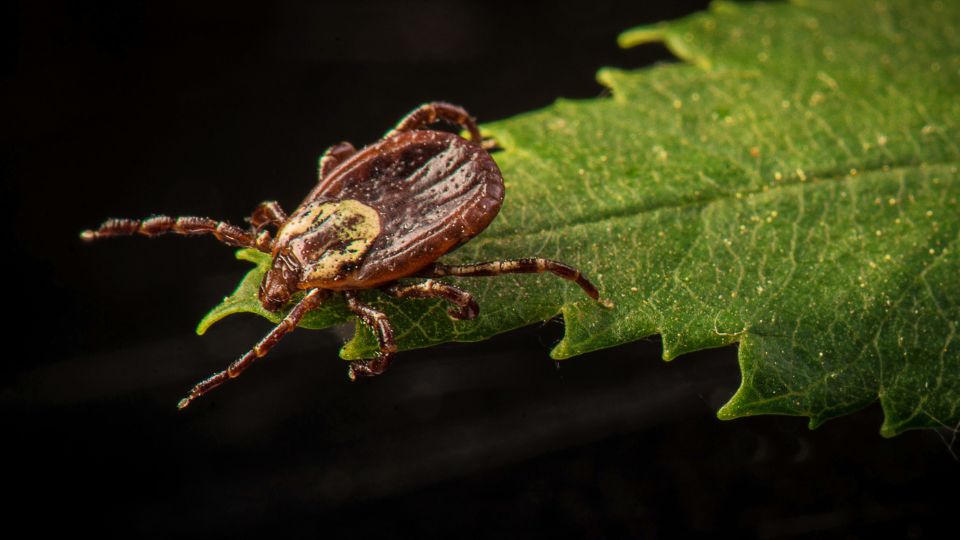Ticks are tiny arachnids, pests that can pose a significant threat to both humans and animals.
They are vectors for various diseases, including Lyme disease, anaplasmosis, and Rocky Mountain spotted fever. To protect yourself and your pets from these blood-sucking parasites, it’s essential to employ effective pest control methods.

Here are some of the best pest control methods for ticks:
1. Tend to Regular Yard Maintenance: Ticks often lurk in tall grass, leaf litter, and overgrown vegetation. Keeping your yard well-maintained by mowing the grass, removing leaf litter, and trimming shrubs can significantly reduce tick populations in your outdoor space.
2. Install Barrier Fencing: Installing physical barriers, like deer fencing, can help keep wildlife that may carry ticks away from your property. Ticks can hitch a ride on animals like deer, mice, and birds, so limiting their access can be an effective preventive measure.
3. Wear Clothing with Tick Repellent: When spending time in tick-prone areas, wearing clothing treated with permethrin, an insect repellent, can provide excellent protection. Ticks that come into contact with treated clothing are less likely to attach themselves.
4. Use of Tick Repellent on Skin: Apply EPA-approved tick repellent to exposed skin when venturing into tick-infested areas. These repellents can deter ticks from latching onto you. Be sure to follow the product’s instructions and reapply as needed.
5. Follow a Tick-Check Routine: After spending time outdoors, conduct a thorough tick-check on yourself, your family members, and pets. Ticks need time to attach securely, so early detection and removal can prevent disease transmission.
6. Follow Vet-recommended Pet Protection: To safeguard your pets from ticks, use tick control products, such as spot-on treatments, tick collars, or oral medications prescribed by a veterinarian. These can effectively repel ticks and prevent tick-borne illnesses, such as Babesiosis and Lyme disease in dogs.
7. Employ Landscaping Strategies: Consider landscaping modifications that can help reduce tick habitats. Creating a buffer zone of gravel or wood chips between wooded areas and your lawn can deter ticks from crossing into your yard.
8. Hire Professional Tick Control Services: In Central Massachusetts, it is advisable to enlist the help of professional tick pest control services. They can employ more robust methods to treat your property and address tick problems.
It’s important to note that while these methods can help reduce tick populations and minimize the risk of tick-borne diseases, no method is entirely foolproof. Tick prevention is a layered process that requires a combination of strategies.